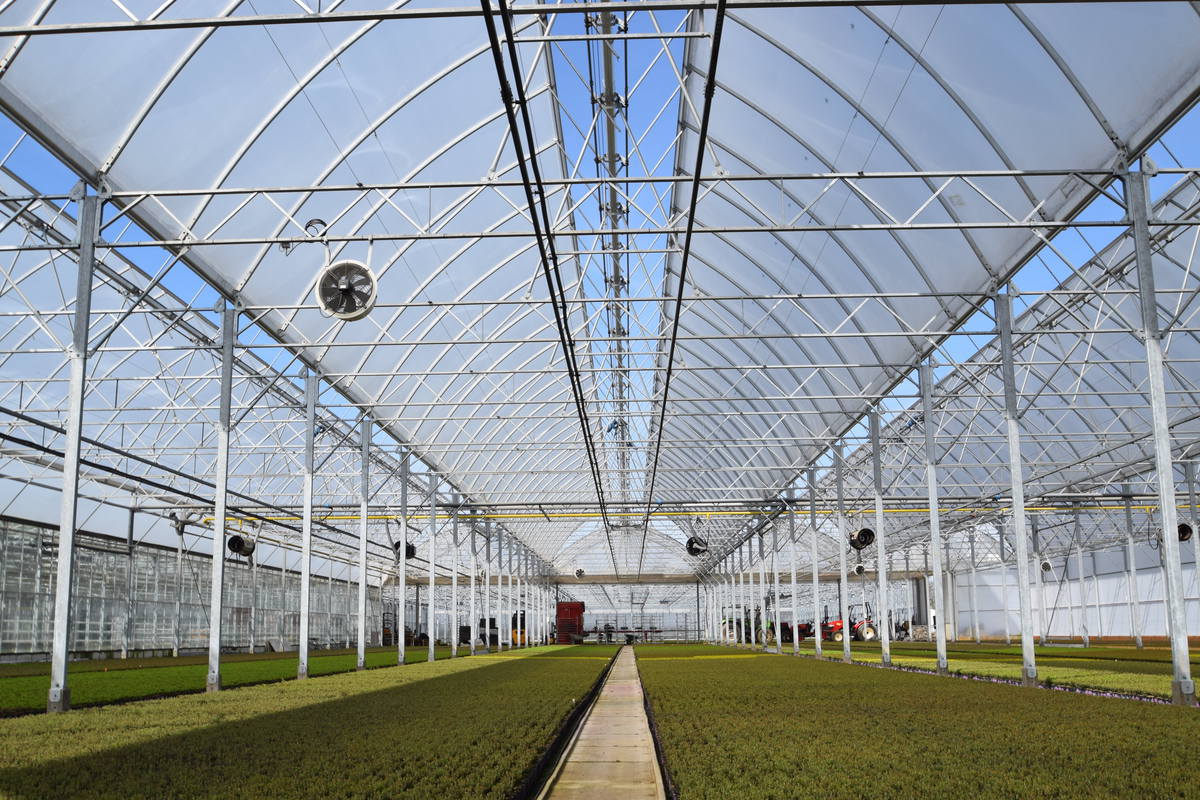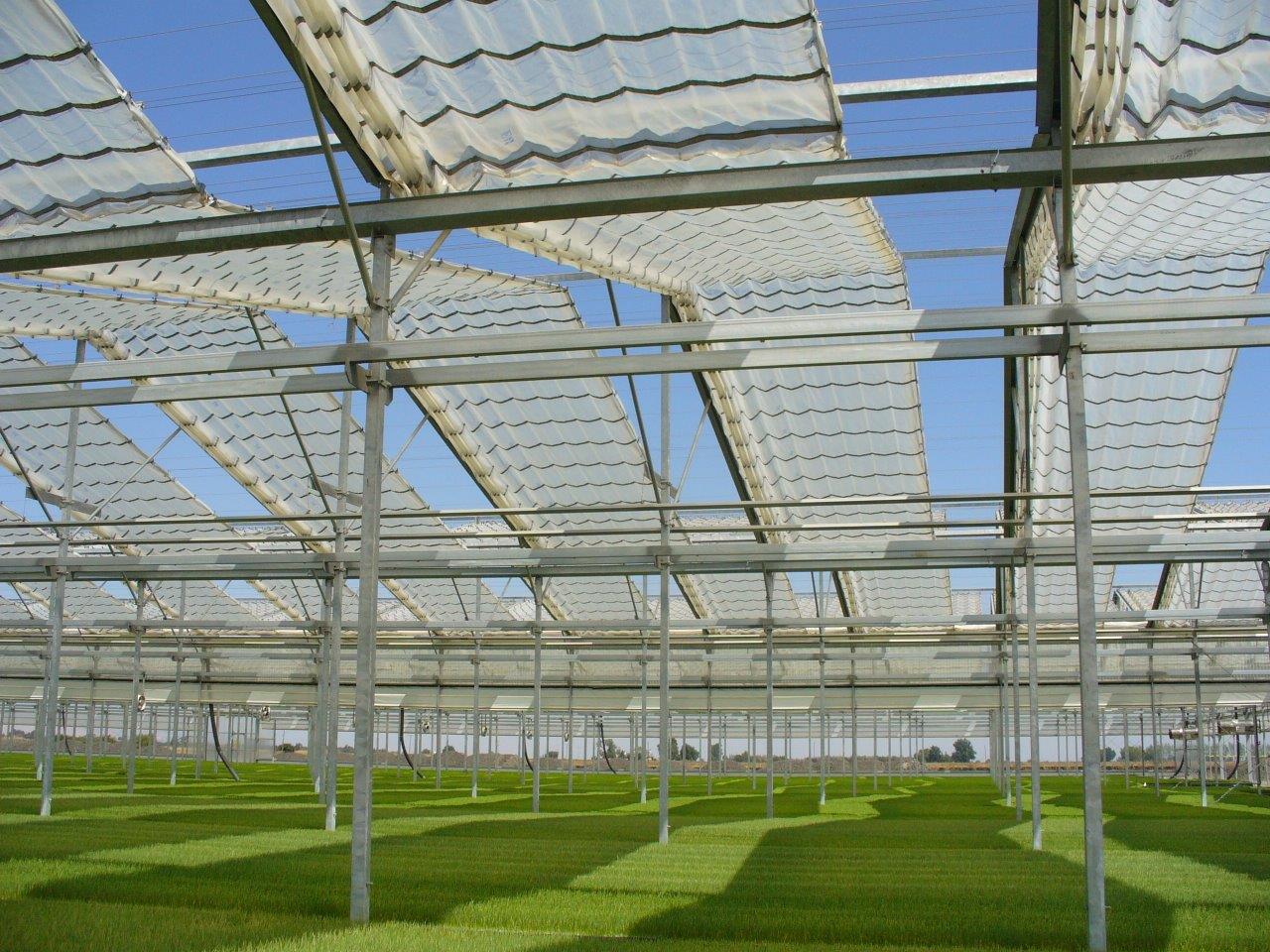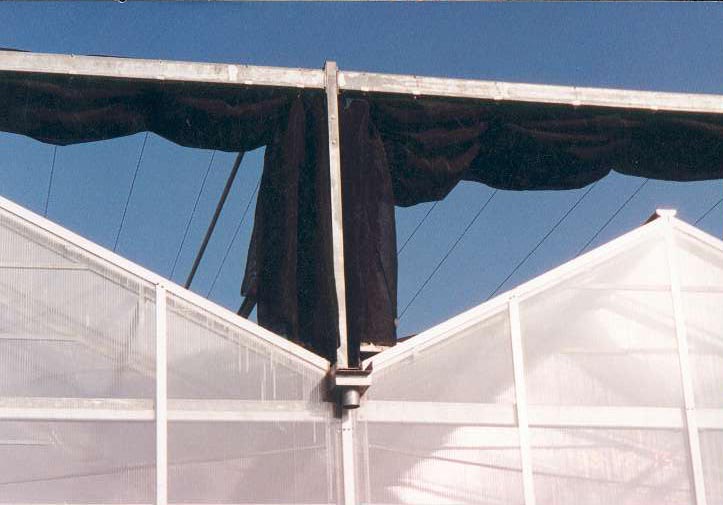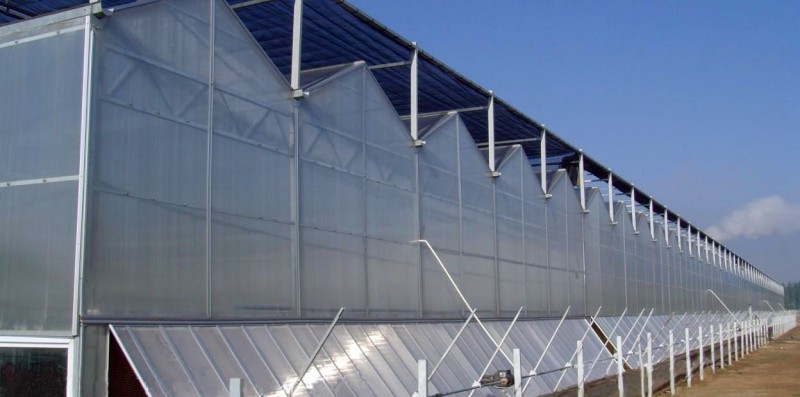Methods for Cooling a Greenhouse
The temperature inside a greenhouse can get significantly high due to excessive sunlight, inadequate ventilation, or a combination of both. Efficient control of greenhouse temperatures involves a dynamic system that responds effectively and quickly to temperature changes. The way in which we cool greenhouses largely determines the indoor climate and the value of the crops grown therein. Here are some effective methods for cooling greenhouses:
1. Ventilation:
Generally, greenhouses are equipped with entrances and a sufficient number of windows. During hot summer months, opening these windows and ventilation ports can promote the inflow of outside air and replace the air within the greenhouse. Ventilation is a common cooling method for greenhouses and is quite suitable when the external temperature is not too high. However, during scorching summers, ventilation can merely introduce the hot outside air into the greenhouse and may not effectively reduce the temperature.


2. Using Shade Cloth:
The temperature changes in a greenhouse are somewhat dependent on sun exposure. Based on this, using a shade cloth to cover the greenhouse can block sunlight, reducing the sun exposure time and area in the greenhouse. This can alleviate the problem of excessive temperatures to some extent. However, prolonged use of shade cloth may impede photosynthesis due to lack of sunlight, which can be detrimental to crop production. Therefore, using shade cloth can only serve as an emergency measure and cannot be a long-term solution to combat high temperatures.

3. Utilizing Mist Cooling Systems:
Traditional cooling methods such as ventilation and shade cloth may not suffice to meet the cooling needs of greenhouses. We urgently need a new cooling method to ensure that the greenhouse can withstand hot temperatures in the summer. Using mist cooling systems, which operate on the principle of evaporative cooling, could be the primary choice for future greenhouse cooling. These systems generate ultra-fine water mist that absorbs heat from the surrounding area and evaporates quickly, thereby lowering the surrounding temperature. Mist cooling systems have been widely used in various industries and fields abroad. They can serve as cooling equipment for workshops and factories, and even for outdoor cafes and restaurants. The use of mist cooling systems is not only effective in reducing temperature but also cost-effective, energy-saving, and environmentally friendly, aligning with the interests of the majority of greenhouse growers.
4. Wet Curtain Fan Cooling:
This cooling method employs the principle of evaporative cooling with the aid of relevant equipment for ventilation to achieve the cooling purpose. Even though the wet curtain fan cooling system is cheaper than air conditioning, it requires the installation of specific equipment.

Wrapping up, it's clear that striking the right balance in greenhouse temperatures is crucial for thriving crop production. While traditional strategies such as ventilation and shade cloths provide some level of temperature regulation, innovative approaches like mist cooling systems and wet curtain fan cooling offer superior efficiency. As we navigate through the decision of the most suitable cooling strategy, we must take into account the specific conditions of the greenhouse, the types of crops grown, and the resources at our disposal. Looking toward the future, the intersection of technology and agriculture promises the advent of even more effective and sustainable solutions for greenhouse cooling. Our commitment to learning and adaptation will shape the future of agriculture, ensuring a sustainable and productive farming industry.





